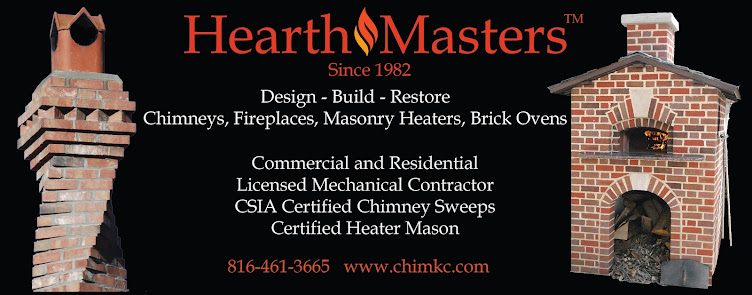For generations, Santa Claus has been celebrated in various stories from around the world. Whether referred to as Father Christmas or St. Nicholas, his cheerful tale has always filled children with delight and provided Christmas with a special atmosphere. Nowadays, Santa Claus is known as the jolly gift-giver who enters homes through the chimney. To make sure the chimney is clean https://www.midtownsweeps.com/residential-services/chimney-sweeping/ and the cookies are prepared, let us explore the common stories about Santa Claus and the cozy atmosphere created by a fireplace.
The Narrative of St. Nicholas from Washington Irving
The inception of the tale of Santa Claus entering the abodes
of children through the chimney is attributed to Washington Irving, author of
"The Legend of Sleepy Hollow". In the early 1800's, Irving published
a book called "Knickerbocker's History of New York" which told the
story of New York during its fifty-year Dutch rule in the 1600's. The book
stated that St. Nicholas was seen "riding jollily among the treetops or
over the roofs of the houses, now and then drawing forth magnificent presents
from his breeches pockets and dropping them down the chimneys of his
favorites." Additionally, Irving mentioned how sometimes, Santa himself
"rattles down the chimneys" to give gifts to children.
Irving's book, with its numerous references to St. Nicholas,
resonated with American readers. This work helped form the holiday customs in
the US -- particularly the fresh concept of a Santa who visits through the
fireplace to distribute presents and sweets.
But Hang On -- There's "Even More"!
In 1823, Washington Irving wrote a few words about chimneys https://midtownsweeps.com/, but it wasn't until Clement Clarke Moore's poem, "A Visit From St. Nicholas," was published that the image of Santa with rosy cheeks and a white beard, wearing fur clothes that had been soiled by the soot from the chimney, was fully realized.
The poem's narrator hears a commotion on his roof, and then
in a flash, Saint Nicholas appears down the chimney! After filling stockings,
he quickly hops back up the chimney and onto his sleigh. Nowadays, this tale is
more often referred to as "Twas the Night Before Christmas" which
celebrates Father Christmas and the wondrous gifts he has to offer.
Read "Twas The Night Before Christmas" Here:
The Project Gutenberg eBook of Twas The Night Before Christmas, by Clement C. Moore
What is the Reason for the Chimney?
Down the centuries, children have been fascinated by St.
Nicholas/Santa's chosen way of entering homes - via the chimney. This has posed
the question: Why not enter through the door or windows? What was it that made
Washington Irving, Clement Clarke Moore and other early authors pick this
particular method of entry?
Since the Middle Ages, people have been captivated by the
idea of magical beings entering into homes. This notion began with the
superstitious belief that witches could pass through walls. To counter this,
Heinrich Kramer and Jacob Sprenger wrote Mallues Maleficarum, published in
1486, proposing that instead witches could get in by way of the chimney.
However, this failed to stop the public from embracing tales of goblins in
Greece, brownie fairies in Scotland, and the Italian bell-ringer of sweets, all
of whom were said to enter through the chimney.
The history and evolution of the Santa chimney story is
complex. It has been shaped by religion, European folklore, and American
authors. Because of these contributions, the present generation of children can
be filled with excitement and delight while anticipating Santa's descent down
the chimney to give them presents and treats on Christmas morning!
The combination of the Internet and the development of new
technologies has resulted in a great deal of progress in communication and
information. Nowadays, individuals have the ability to interact with one
another from all over the world, and access vast amounts of information in mere
seconds. This has been made possible due to the combination of the Internet and
the proliferation of new technologies.

.jpeg)
.jpg)
.jpg)



